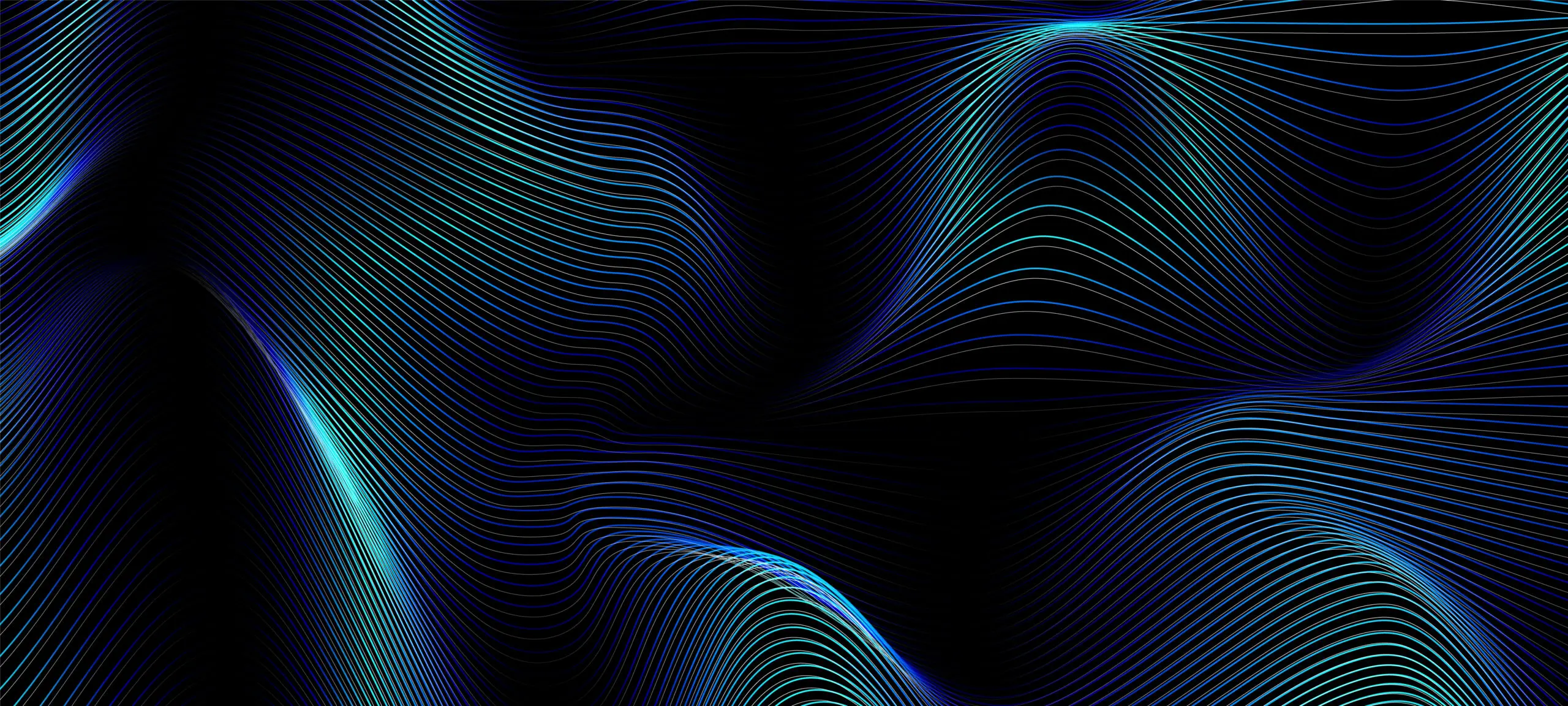
© Adobe Stock
May 16, 2024
Margit Hiebl
- General
- Mind
White Noise – Does white noise help you sleep better?
Does white noise really promote concentration and deeper sleep? And how do brown noise and pink noise work?

© Adobe Stock
May 16, 2024
Margit Hiebl
Does white noise really promote concentration and deeper sleep? And how do brown noise and pink noise work?
Another sound world than that in music opens up with noise. In acoustics, this is understood as a disturbance with a broad, nonspecific frequency spectrum. Simply put: too many sound waves at once result in noise. We know it from analog radios when no station can be found. Not always what you want to listen to for a long time.
Nevertheless, there are more and more fans: Last year, noise suddenly became one of the most listened-to sounds on streaming services – according to the media service Bloomberg, Spotify listeners spend a total of three million hours a day with it. What's behind the phenomenon of getting so intoxicated by it? The prospect or promise of being able to concentrate better, relax or fall (asleep).
Parents know this: When the newborn simply cannot be calmed down - just turn on the vacuum cleaner or hairdryer in the next room, and the baby usually falls asleep soon after. So noise apparently has a calming effect. What could be more obvious than to produce it artificially when nature does not provide it with raindrops or waves lapping.
And, as in nature, there are also different sound colors here, more precisely frequencies and volumes, to which different effects and areas of application are attributed. The best known is "white noise," which contains all frequency ranges with the same intensity. Comparable to searching for a station, a hairdryer or fan.
The intense noise is supposed to improve sleep quality calm babies, and enhance concentration. "Pink Noise" is slightly gentler, it also contains all components of the sound spectrum but sounds a bit lower and more restrained, like a rain shower or waterfall. It’s supposed to improve deep sleep and enhance cognitive performance.
With "Brown Noise", the power behind the frequencies decreases even more, so it is perceived as deeper – like wind in the mountains – and is supposed to have a calming effect. "Green Noise", the green noise, is also a rather low frequency, sounding like surf. On the other hand, "Blue Noise" is like sparkling water, "Violet Noise" hisses like steak in the pan.
The sound colors are diverse – but just like in nature: some will be less soothing, rather annoying. Which one you listen to is decided by preference. But what about effectiveness? A theory is that white noise raises the hearing threshold again, so the proverbial dripping tap is no longer noticeable.
Another theory suggests that the brain is constantly in search of acoustic stimuli and the monotonous noise keeps it busy but not overwhelmed. A study with people in New York who had sleep problems due to their noisy environment found that they slept better and longer with the use of a white noise generator.
Other sounds are apparently masked in this way - an effect that professionals also use in music production. Continuous white noise makes the hearing of pure tones more precise, a team from the University of Basel was able to prove. It also inhibits the activity of neurons and helps with relaxation.
A study with ADHD children showed that white noise improves concentration . Pink noise seems to positively affect deep sleep and cognitive performance in older people, as does brown noise. However, it is also proven that noise can impair hearing when exposed to it for a long time. And: It's better not to listen too loudly - even a continuous exposure to 70 decibels (urban traffic) can damage hearing.